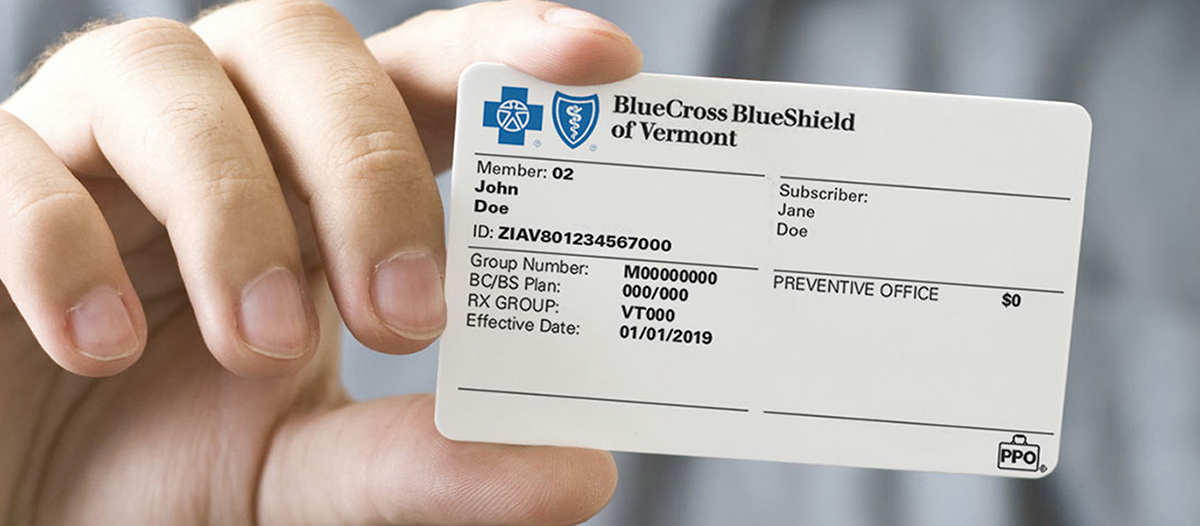Home>Finance>Triage: Definition, How It Works, Examples In Business


Finance
Triage: Definition, How It Works, Examples In Business
Published: February 11, 2024
Learn about the triage process in finance, including its definition, how it works, and real-life examples in the business world. Gain insights into this essential financial concept.
(Many of the links in this article redirect to a specific reviewed product. Your purchase of these products through affiliate links helps to generate commission for LiveWell, at no extra cost. Learn more)
Finance: Understanding the Concept of Triage in Business
When it comes to managing finances in business, every decision counts. One concept that can greatly impact financial success is triage. In this blog post, we will explore the definition of triage, how it works, and provide examples of its application in the business world.
Key Takeaways:
- Triage is a strategic approach to prioritizing tasks, projects, or clients based on urgency and importance.
- Implementing triage in business allows for efficient allocation of resources and ensuring that critical needs are addressed first.
So, what exactly is triage? Triage is a concept borrowed from the field of medicine, where it refers to the process of categorizing patients based on the severity of their condition to deliver appropriate medical care, considering limited resources. In the context of business, triage involves prioritizing tasks, projects, or clients based on urgency and importance.
How does triage work in the business setting?
- Identifying urgent and critical needs: The first step in triage is recognizing which tasks, projects, or clients require immediate attention. By assessing the impact and urgency of each item, businesses can determine the level of priority.
- Allocating resources effectively: Once the critical needs have been identified, businesses can allocate resources, such as time, money, and manpower, in a way that maximizes efficiency and addresses the most pressing issues.
- Optimizing decision-making: Triage helps businesses make informed decisions by focusing on what matters most. By avoiding time-consuming tasks that offer minimal value, businesses can streamline operations and make faster progress towards their goals.
Examples of triage in business:
1. Customer support: In a customer service department, triage can be applied to prioritize support requests. Urgent issues, such as critical system failures or major customer complaints, would receive immediate attention, ensuring customer satisfaction and minimizing potential damage to the business’s reputation.
2. Project management: Triage can also be incorporated into project management practices. Project managers can assess tasks based on their impact on project deadlines or potential risks. By prioritizing critical tasks, project teams can ensure that the most important milestones are met, even if unexpected delays occur.
3. Budgeting: Triage plays a crucial role in financial decision-making. By evaluating expenses and investments based on their potential return on investment, businesses can allocate their resources in a way that maximizes growth and profitability.
In conclusion, triage is a valuable concept in the world of finance and business. By prioritizing tasks, projects, or clients based on urgency and importance, businesses can effectively allocate resources and optimize decision-making. Implementing triage allows businesses to address critical needs first, resulting in improved operational efficiency and financial success.














